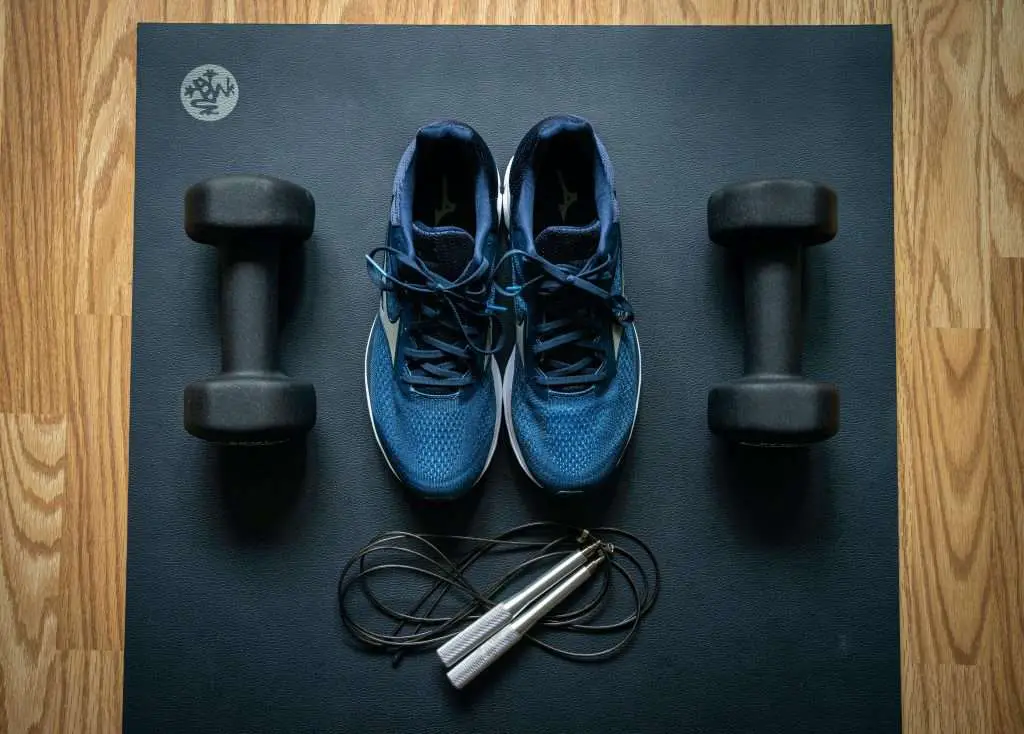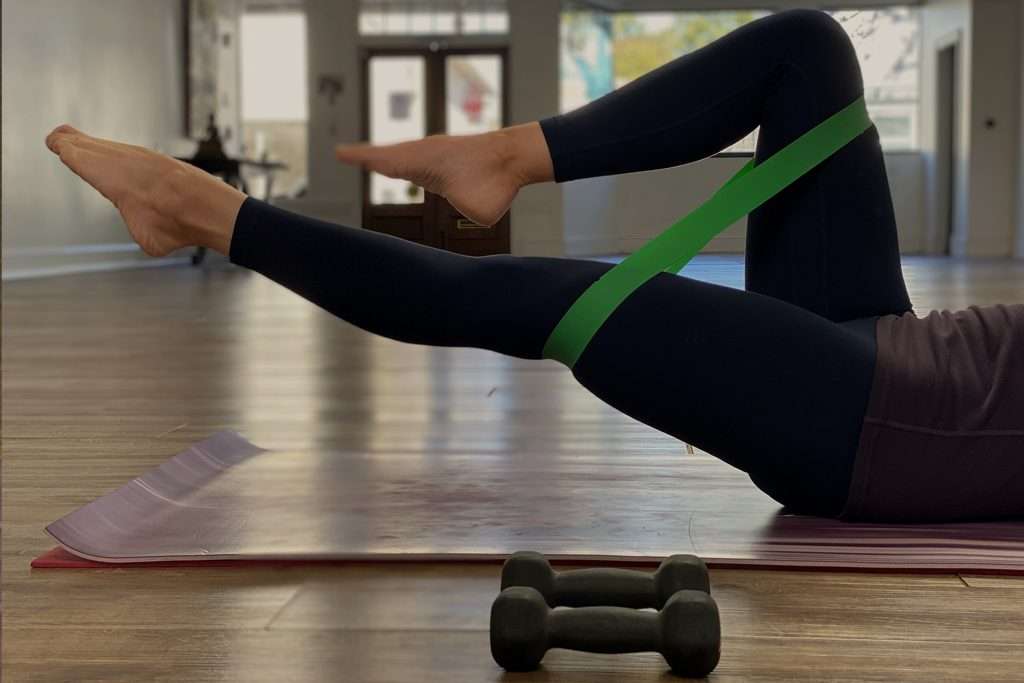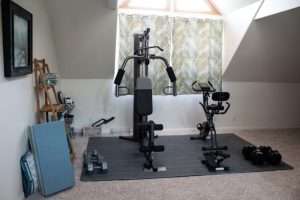Introduction
Change is an inevitable and constant force in our lives. From technological advancements to societal shifts, change shapes the world we live in. In today’s rapidly evolving landscape, one area that has witnessed significant transformation is the way we approach fitness and wellness. This article explores the rise of online training, the emergence of home gyms, and the growing focus on exercising to improve immune function and inner health.

1. The Rise of Online Training
The digital age has revolutionized the way we access information, connect with others, and even pursue our fitness goals. Online training, once a niche concept, has now become a mainstream phenomenon. This section examines the benefits, types, and challenges faced in online training.
a. Benefits of Online Training
Online training offers a multitude of advantages, making it an appealing option for fitness enthusiasts. First and foremost, it provides convenience and flexibility, allowing individuals to work out anytime, anywhere. Additionally, online training often offers a wide range of fitness programs and expert guidance tailored to individual needs. This personalized approach can enhance motivation and improve results.
b. Types of Online Training
Online training encompasses various forms, catering to diverse preferences and fitness goals. From live virtual classes and pre-recorded workout sessions to personalized training programs, the options are plentiful. Additionally, some platforms offer interactive features, such as real-time feedback and community support, fostering a sense of connection and accountability.
c. Challenges Faced in Online Training
While online training brings numerous benefits, it is not without its challenges. Technical issues, lack of in-person guidance, and potential distractions can pose hurdles for individuals pursuing their fitness journey online. However, with proper planning, self-discipline, and adaptability, these challenges can be overcome, allowing for a rewarding and effective training experience.
2. The Emergence of Home Gyms
In recent years, there has been a significant shift towards setting up home gyms. This section delves into the advantages of home gyms, tips for creating one, and selecting the right equipment.

a. Advantages of Home Gyms
Home gyms offer convenience and privacy, eliminating the need for commuting or dealing with crowded fitness centers. They provide individuals with the flexibility to exercise according to their schedule and preferences. Furthermore, home gyms create a comfortable and familiar environment, reducing barriers to consistent workouts.
b. Setting Up a Home Gym
Creating a home gym doesn’t have to be daunting. It can be as simple as dedicating a small corner of a room or a more elaborate setup in a spare room or basement. It’s important to consider factors such as available space, ventilation, and flooring options. By personalizing the space and incorporating motivational elements, individuals can transform their homes into inspiring workout environments.
c. Choosing the Right Equipment
Selecting the right equipment for a home gym depends on personal fitness goals, available space, and budget. From cardio machines and strength-training equipment to free weights and yoga mats, there is a wide range of options to suit individual preferences. It’s crucial to research and invest in quality equipment that aligns with specific fitness objectives.

3. Exercising for Immune Function and Inner Health
Beyond the physical benefits, exercise plays a crucial role in bolstering immune function and promoting overall inner health. This section explores the connection between exercise and immune function, different types of exercise for inner health, and the many benefits they offer.
a. The Connection Between Exercise and Immune Function
Regular exercise has been shown to enhance immune function, reducing the risk of infections and promoting a robust immune system. Physical activity stimulates the circulation of immune cells, improves the body’s response to pathogens, and aids in the elimination of toxins.
Types of Exercise for Inner Health
Various forms of exercise contribute to inner health and overall well-being. Aerobic exercises, such as brisk walking, jogging, or cycling, elevate heart rate and improve cardiovascular health. Strength training exercises, such as weightlifting or bodyweight exercises, enhance muscle strength and bone density. Flexibility exercises, including yoga and Pilates, improve joint mobility and reduce stress. Incorporating a combination of these exercise types can provide a holistic approach to inner health.
Benefits of Exercising for Inner Health
Engaging in regular exercise not only strengthens the body but also offers numerous benefits for inner health. Exercise helps manage stress levels by releasing endorphins, the “feel-good” hormones that alleviate anxiety and promote relaxation. It also improves sleep quality, boosts mood, and enhances cognitive function, including memory and focus. Moreover, exercise promotes a sense of empowerment and self-confidence, leading to improved overall well-being.

3. Conclusion
In a world where change is constant, adapting to new ways of pursuing fitness and well-being is essential. The rise of online training, the emergence of home gyms, and the emphasis on exercising for immune function and inner health provide exciting opportunities for individuals to take charge of their well-being. By leveraging the benefits of online training, creating personalized home gym spaces, and prioritizing exercise for inner health, individuals can nurture their physical and mental resilience in an ever-evolving world.
FAQ
Is online training suitable for beginners?
Absolutely! Online training caters to individuals of all fitness levels, including beginners. Many online platforms offer beginner-friendly programs, tutorials, and modifications to accommodate various fitness abilities. It’s important to start at your own pace, listen to your body, and gradually progress as you build strength and confidence.
What equipment do I need for a home gym?
The equipment you need for a home gym depends on your fitness goals and preferences. Basic equipment may include items like dumbbells, resistance bands, a yoga mat, and a stability ball. If you’re looking for more advanced options, you can consider investing in a treadmill, stationary bike, or weightlifting bench. Start with essentials and gradually expand your collection based on your evolving fitness needs.
How does exercise improve immune function?
Exercise improves immune function by increasing blood circulation, which helps immune cells move more freely throughout the body. It also reduces the release of stress hormones, which can suppress the immune system. Regular physical activity has been shown to enhance the production of antibodies and boost the activity of natural killer cells, strengthening the body’s defense against infections.
Can exercise improve mental well-being?
Absolutely! Exercise has a profound impact on mental well-being. It releases endorphins, which are natural mood enhancers, and reduces the levels of stress hormones like cortisol. Regular exercise has been linked to reduced symptoms of anxiety and depression, improved sleep quality, increased self-confidence, and enhanced cognitive function.
Is it necessary to engage in different types of exercise for inner health?
Incorporating different types of exercise is beneficial for overall inner health. Each type offers unique advantages. Cardiovascular exercises improve heart health, strength training enhances muscle strength and bone density, and flexibility exercises promote joint mobility and stress reduction. Combining these forms of exercise provides a well-rounded approach to inner health.








